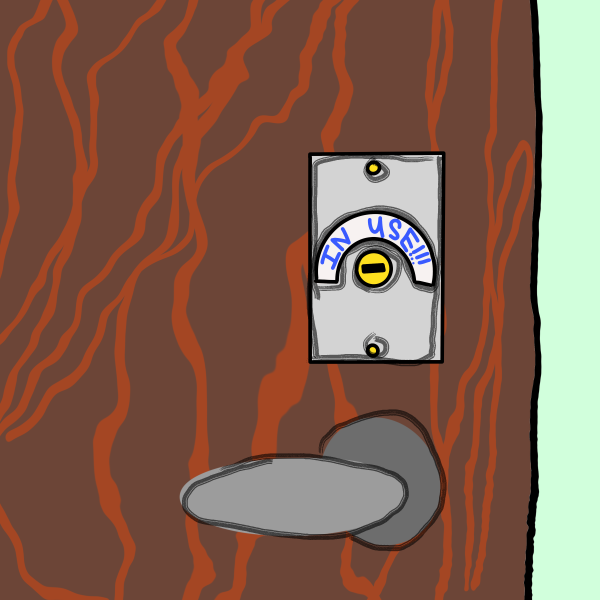How much does the president make?
Despite presidential compensation being public information, President Miller’s salary is tediously hard to find.
February 19, 2018
Since 2001, the president of the U.S. has made $400,000 a year. That isn’t including the $50,000 annual expense account, $100,000 non-taxable travel account and $19,000 strictly for entertainment. 569,000 taxpayer dollars go to that every year.
According to The Chronicle of Higher Education, the previous Hamline University President Linda Hanson made $529,646 yearly – just $40,000 short of what the nation’s president makes. In 2008, she was the second highest-paid private college president in Minnesota – as of 2014, she was the fifth highest-paid. In her last year here, in 2015, students paid $106,103,709 in tuition – 200 times what Hanson’s salary was at the time.
Our current President, Fayneese Miller, is supposed to have her salary on public record – that isn’t to say that it’s easily accessible, however. There was a lot of time and tedious work involved in finding it, and in the end, I still didn’t find it. When looking for the number that would define Miller’s salary, the only documents that I found were old 990 forms from 2014 and 2015 – none of the forms from Miller’s stay at Hamline have yet been published to public sites.
When asked, various students felt that things should be different around the availability of the president’s salary.
“I feel like transparency would have to led toward a more democratic decision-making process on wages,” sophomore Tachianna Charpenter said. “There’s no trust in a system/ institution that discourages criticism and transparency.” With Hamline releasing their finances to the public a year or two after the fact, it is difficult to find information about Hamline’s finances that is current and relevant. This makes it difficult to trust the school to be honest and timely telling the student body about where our money is going.
“We are paying [her salary,] we should know about it,” Charpenter said.
Sophomore Emily Lincoln, in her own statement, went on to say that our input as students should be another factor for the president’s salary.
“If we think it is too high or too low, we should have the right to comment on that and not necessarily have the power to change it, but the power to lobby,” Lincoln said. As long as we are the ones paying money to the school, shouldn’t we have the right to some oversight of where it goes?
During a phone interview with Linda Todd, Director of Human Resources, she stated all the decisions that go into the president’s salary.
“The factors that go into deciding the compensation are internal historical compensation data, external comparable compensation data, education, experience and years worked in a similar position,” Todd said.
In 2015, the year President Miller joined Hamline, President Hanson was making $556,300 before she left that May. Before her 42% pay raise in 2006/7, she was making about $372,990.
The president at the University of Minnesota – Twin Cities, in the same year, was making $610,000; on the lower side, the president of Saint Mary’s was making $17,805, all according to dilemma-x.net.
As far as education goes, Miller has an exceedingly well-rounded resume. Miller has a BA in Psychology from Hampton University, an MS and PhD in Experimental Psychology from Texas Christian University, and had postdoctoral training in Applied Social Psychology at Yale.
Although she doesn’t have any previous presidential experience, she was a professor and a dean at the University of Vermont, after being an Associate Professor at Brown University. She was chair at the American Association of Colleges for Teacher Education, president of the Council of Academic Deans from Research Education Institutions, chair of the Vermont State Board of Education and has a long list of community involvement, lecturing and more involvement in education, nationally and internationally.
If I were to guess Miller’s salary, I would say that it would be somewhat close to that of earlier presidents at Hamline as well as other presidents in the nearby higher-learning community. However, I can’t be sure, because there isn’t anything public that is as recent as 2016/17 on the account of income distribution. There are current forms titled “Hamline University of Minnesota Financial Statements, Years Ended June 30, 2016 and 2017,” however, these forms are general balance sheets, statements of cash flows, and statements of activities. The closest piece of information I could get to Miller’s salary was $27,242,794 for “Instruction,” $9,778,072 for “Academic Support,” or $14,625,227 for “Institutional Support”; all three numbers were listed under Expenses. Of course, Miller’s salary would only be a portion of whichever category her job falls under – there isn’t anything specifying anyone’s individual salary.
This all goes to say a lot about the school and how they are handling their finances – keeping their forms just barely open to the public until they are two or three years old, restricting access to the expenditures until they are too far gone to be relevant. Is there a reason the students shouldn’t know what’s going on with Hamline’s finances?
Another student, Junior Raina David, brought up another point – that it’s probably easier for employees to be paid unfairly when an institution’s finances are kept under wraps.
“[The students] knowing Miller’s salary would be for the school to say, ‘Yeah, we know that tuition is high, but we’re putting in this amount to pay the president of our school as well as professors and faculty, who are all doing important things for the Hamline community.”
Making the president’s salary public means that the school has nothing to hide from its community – even if there isn’t anything of significance going on, hiding information that is supposed to be public is almost always seen as suspicious.





